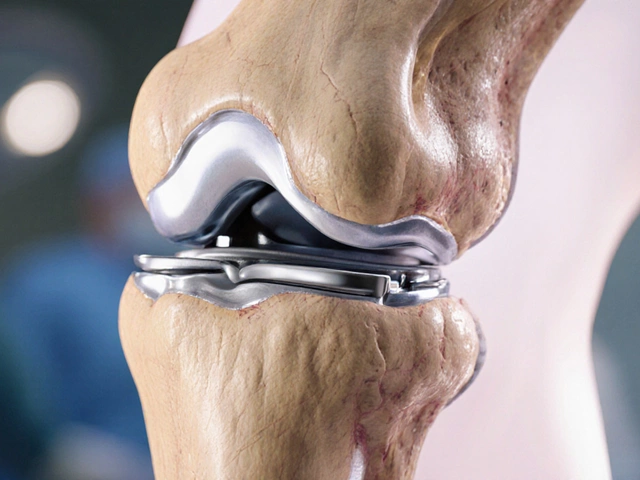Hyoid Bone: What It Does, Trouble Signs, and Simple Care Tips
Ever wonder why you can talk, swallow, and keep your airway open? The answer starts with a tiny, U‑shaped bone in your neck called the hyoid. It doesn't attach to any other bone – instead, muscles and ligaments hook onto it like a tiny anchor. This setup lets your tongue, throat, and voice box move smoothly.
Because the hyoid sits right under your chin, it’s easy to feel it when you open your mouth wide. If you press there gently, you should feel a small, firm bump. That’s the hyoid, and it’s the only bone that doesn’t form a joint with another bone.
When the Hyoid Causes Problems
Most people never notice their hyoid, but a few things can go wrong. A fracture often happens after a car accident or a hard fall – the sudden jolt can crack the bone. Symptoms include throat pain, difficulty swallowing, or a clicking feeling when you move your head.
Another common issue is inflammation from overuse. Singers, speakers, or anyone who yells a lot can strain the muscles attached to the hyoid. This shows up as sore neck, a feeling of tightness, or a hoarse voice that won’t get better.
How to Keep Your Hyoid Healthy
First, protect it during high‑impact sports. Wearing a proper mouthguard can lessen the force on your neck if you get hit. Second, warm‑up your throat before long speaking sessions – simple humming or gentle neck rolls help the muscles stay flexible.
If you already have pain, try a warm compress for 10‑15 minutes a few times a day. Over‑the‑counter anti‑inflammatories can reduce swelling, but talk to a doctor if the pain lasts more than a week.
For chronic issues, a physical therapist can guide you through targeted stretches. One effective move is the “chin tuck”: pull your chin back toward your spine while keeping your mouth closed, then hold for five seconds. Do this ten times a day to improve hyoid stability.
Lastly, stay hydrated. Dry tissues make the muscles work harder, which can irritate the hyoid area. Aim for at least eight glasses of water daily, especially if you’re a frequent speaker.
Knowing where the hyoid lives and what it does puts you in control of any problems that pop up. Keep an eye on pain, protect your neck in risky activities, and give those muscles some love. Your throat will thank you with smoother speech and easier swallowing.





